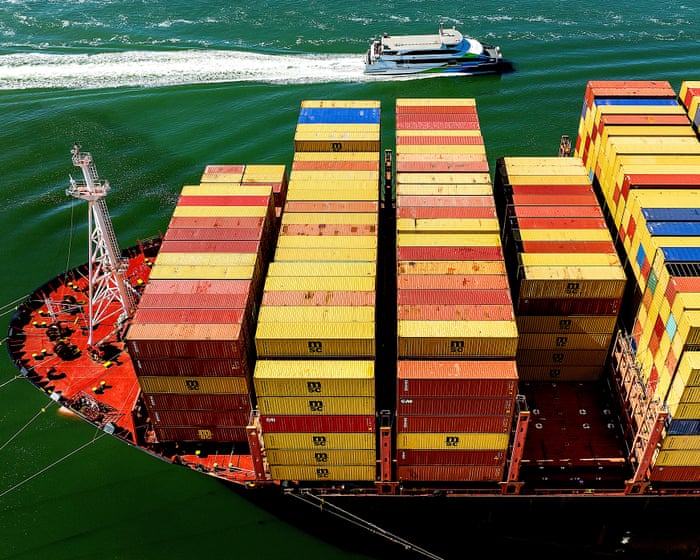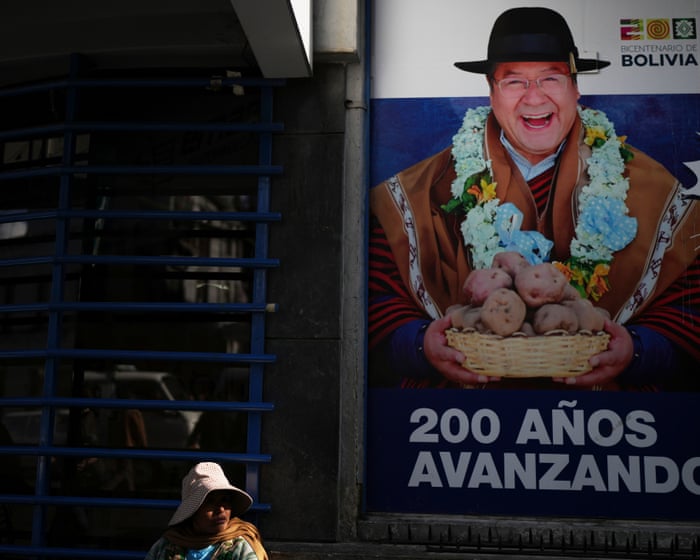Dozens of countries now face higher tariffs on their exports to the U.S. after Donald Trump’s latest round of country-specific duties took effect.
The broad “reciprocal” tariffs, announced by the White House just before an August 1 deadline, officially went into effect at 12:01 a.m. Washington time on Thursday.
Shortly before midnight, Trump claimed on social media that the tariffs would bring billions of dollars into the U.S. He also criticized a legal challenge to his authority in imposing the tariffs, writing in all caps: “The only thing that can stop America’s greatness would be a radical left court that wants to see our country fail.”
The new rates range from 41% for war-torn Syria to 10% for the U.K. and are applied on top of existing U.S. import duties. For example, Brazil faces a 10% reciprocal tariff, but its total rate jumps to 50% after an additional 40% levy was imposed due to the prosecution of former President Jair Bolsonaro.
The EU is the only trading partner where the new 15% baseline rate includes previous tariffs. This means products like cheese, which normally face a 14.9% duty, will now be taxed at 15% instead of a combined 29.9%.
Since the announcement last week, governments worldwide have scrambled to negotiate deals and avoid border taxes they fear could hurt investment and cost jobs.
Swiss President Karin Keller-Sutter met with Trump administration officials this week in an attempt to reverse a surprise 39% tariff. Meanwhile, India’s 25% rate could rise to 50% after Trump imposed an additional levy in retaliation for its Russian oil purchases. India has 21 days to respond.
Trump first announced the country-specific tariffs on April 2, calling it “liberation day” and accusing other nations of exploiting the U.S. for decades. After delays in July, the final rates were confirmed last Friday.
Some countries, including the U.K., Japan, and the EU, secured lower tariffs through negotiations. Others, like Canada, now face a 35% total rate, while Mexico avoided an increase after receiving a 90-day extension. China faces a 30% rate, with negotiations ongoing ahead of an August 12 deadline.
Trump also warned that the U.S. could impose a 100% tariff on semiconductor chips from countries not manufacturing in America.Planning to do it.




